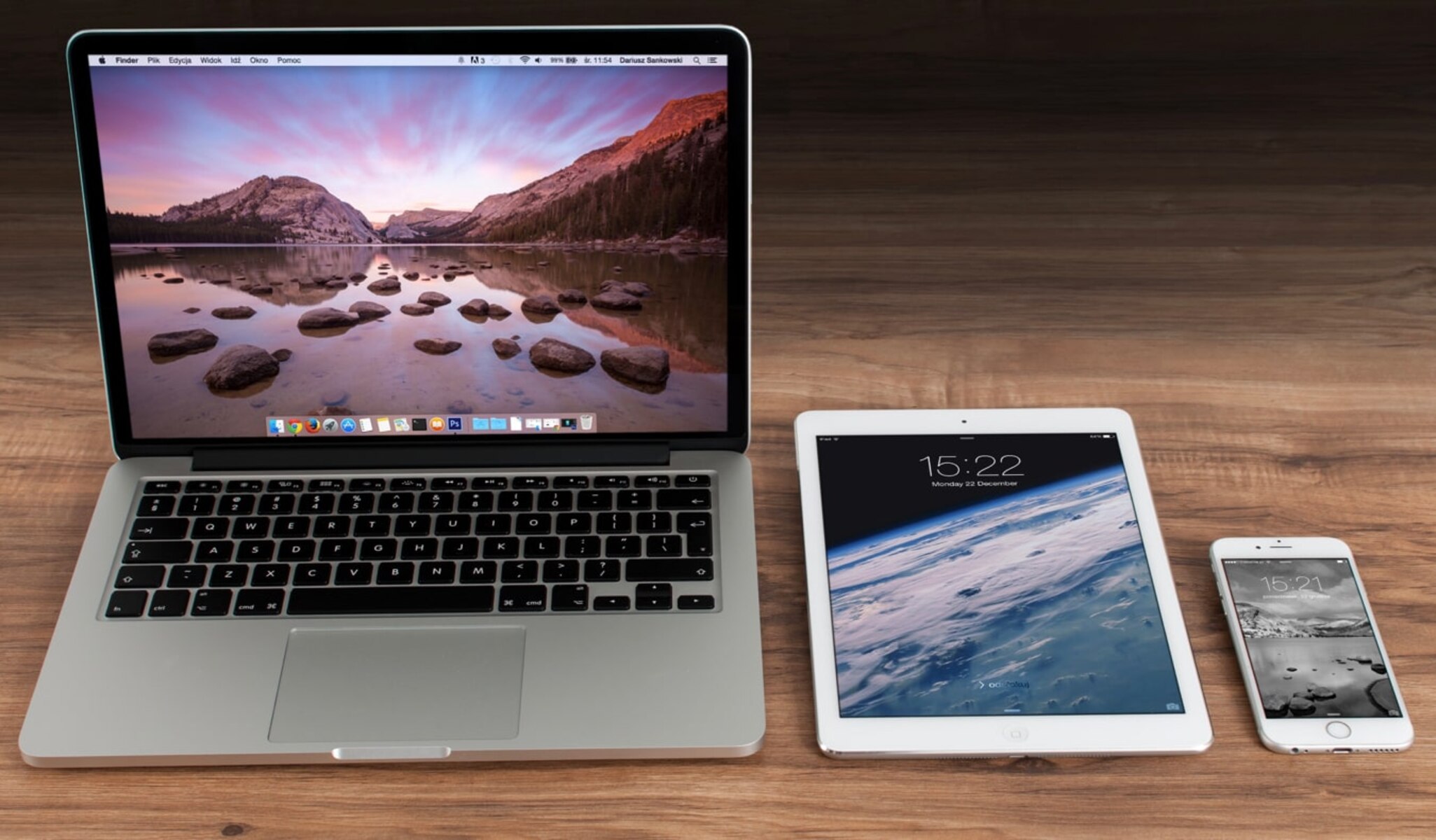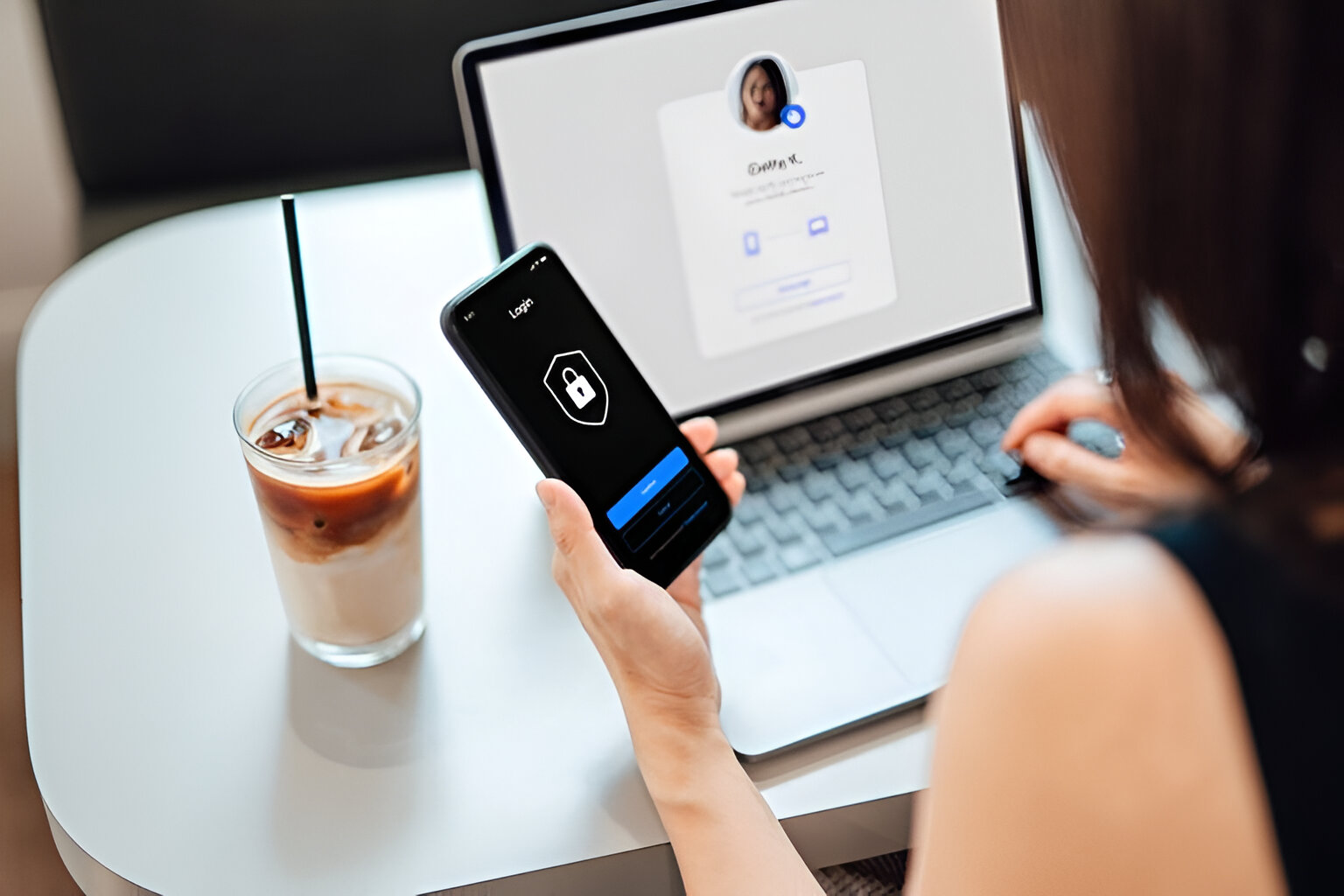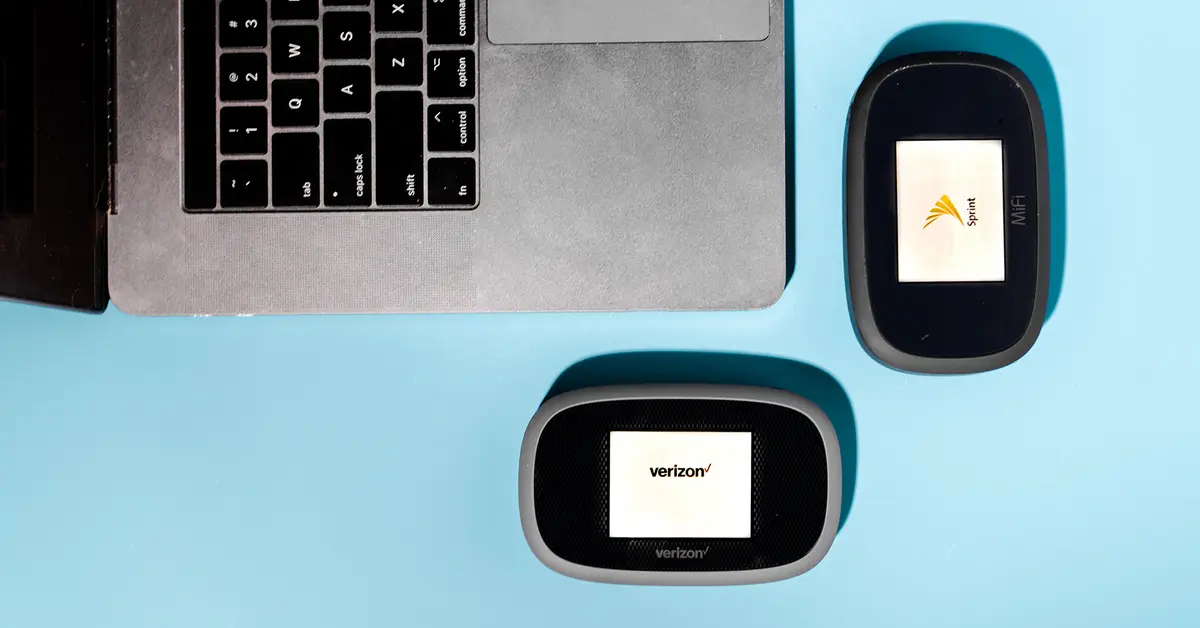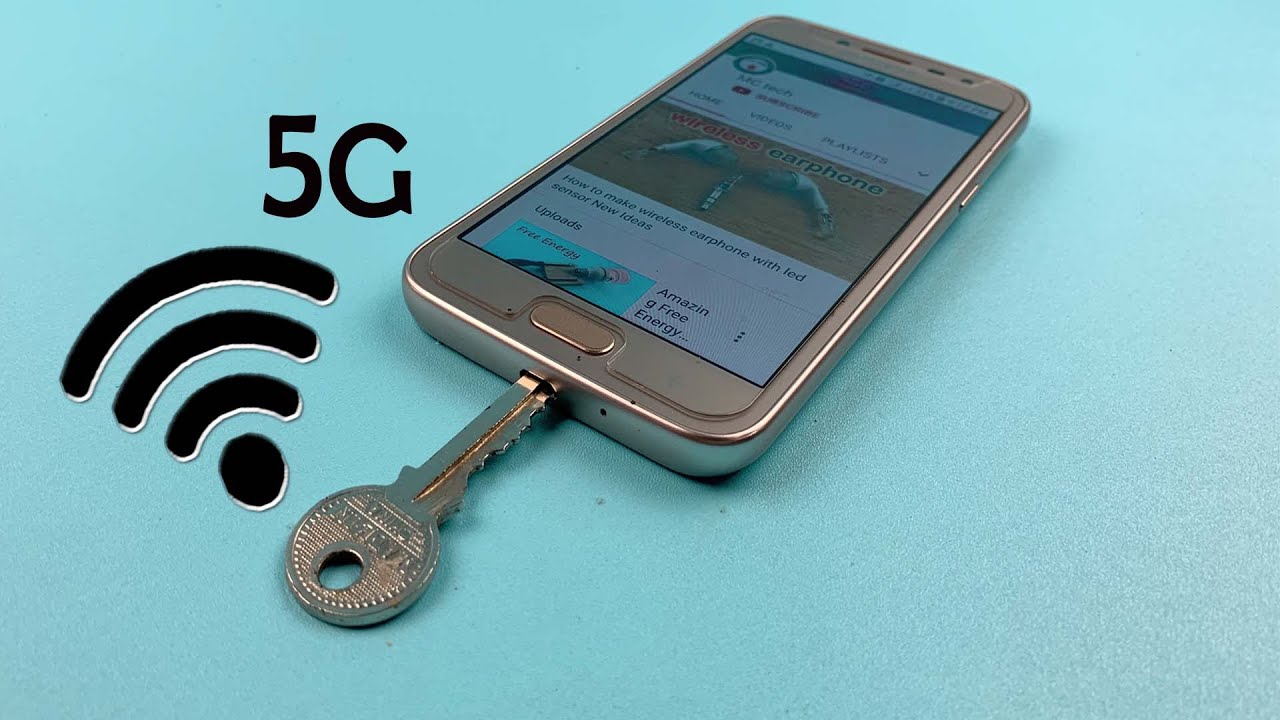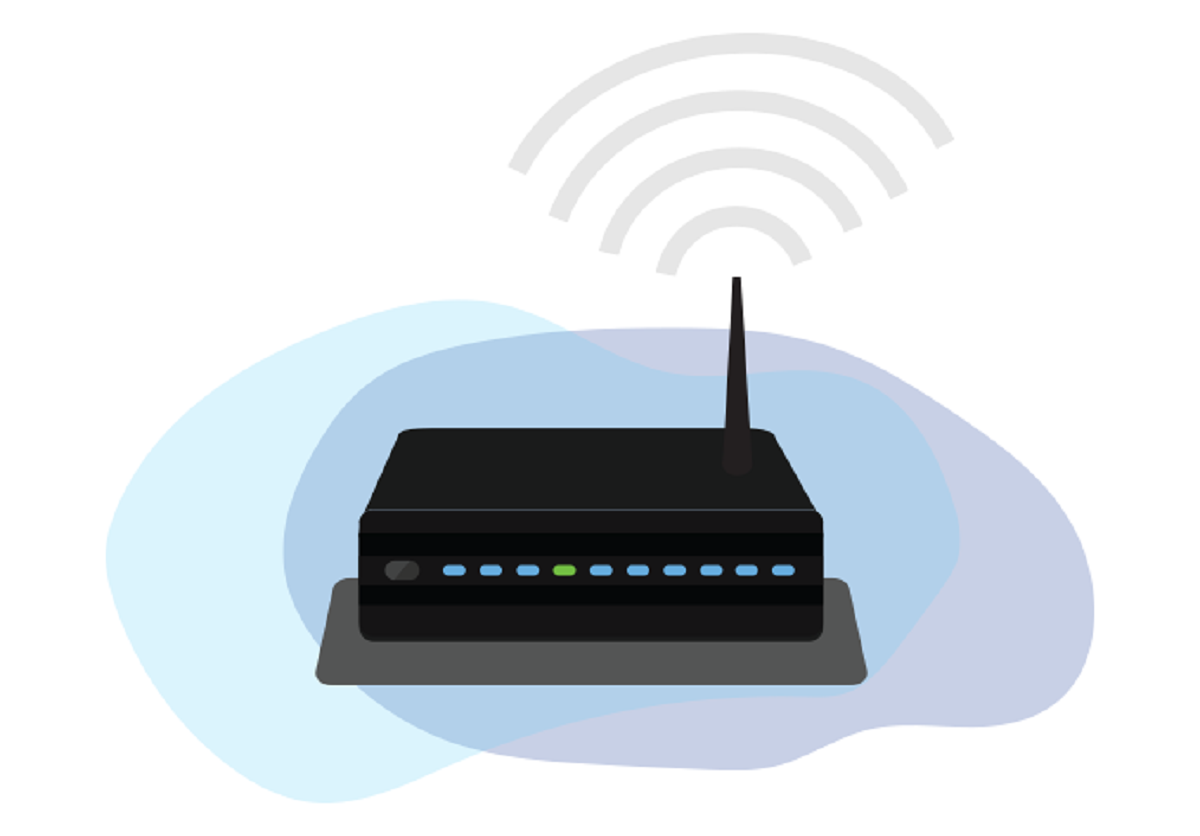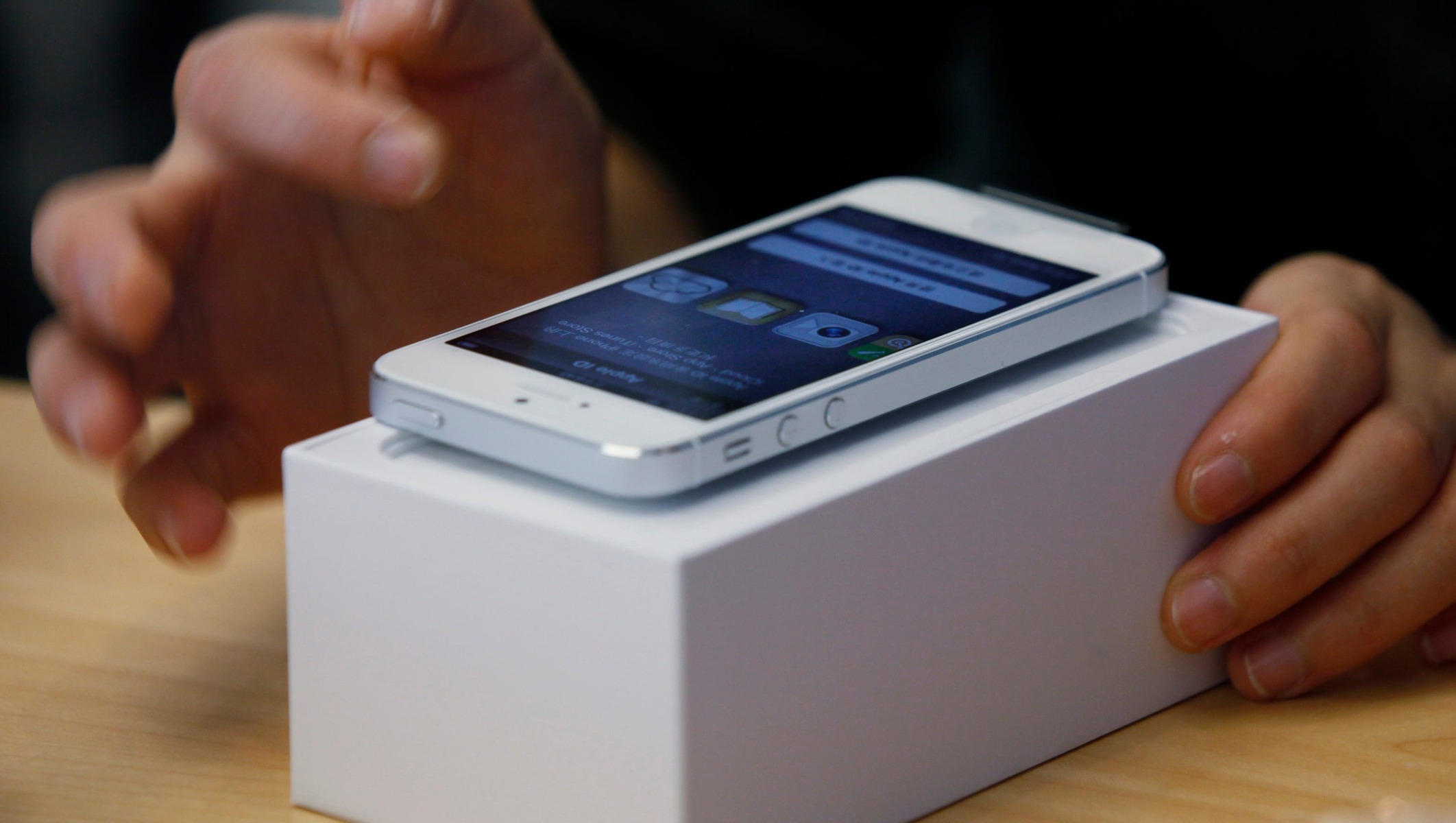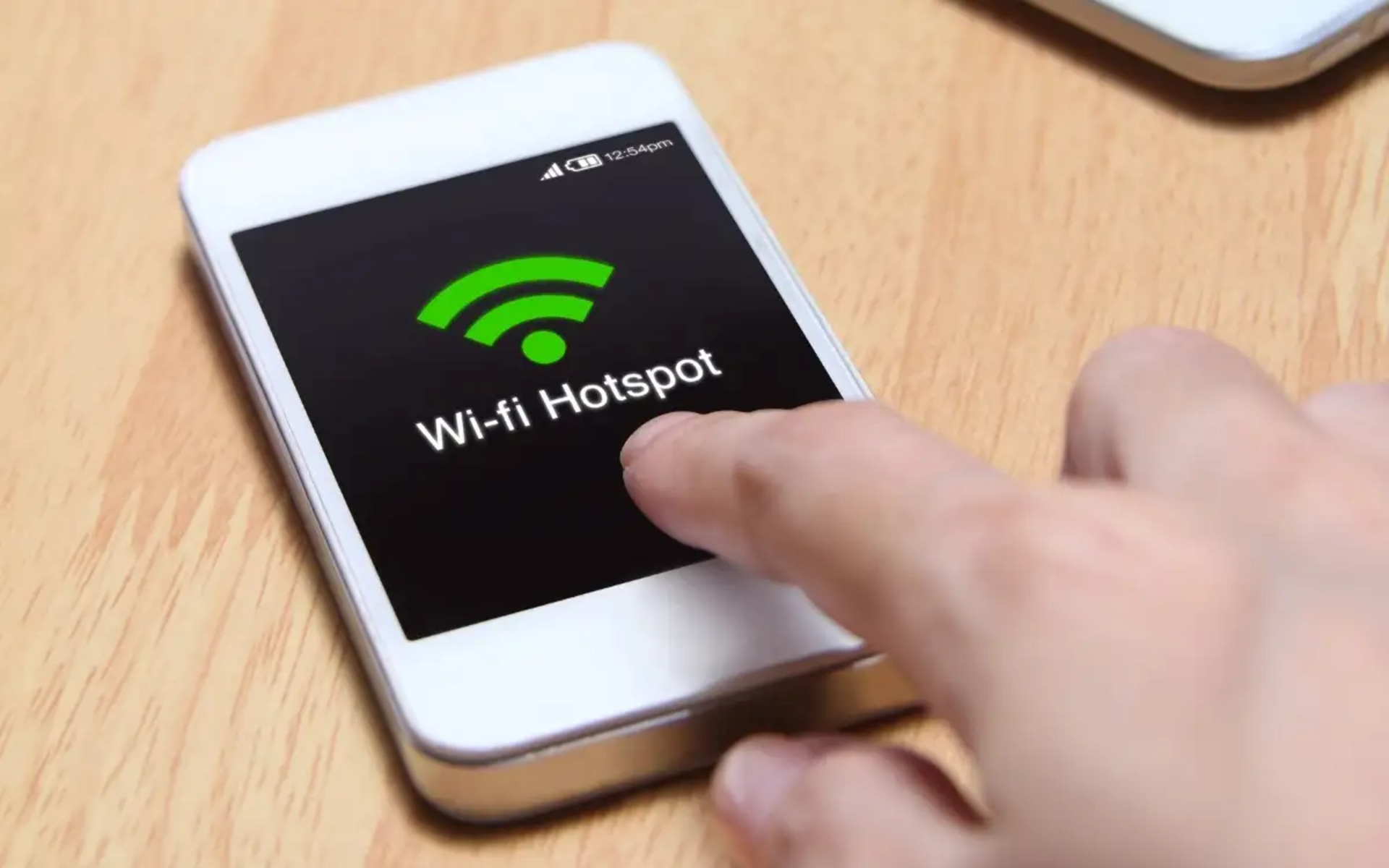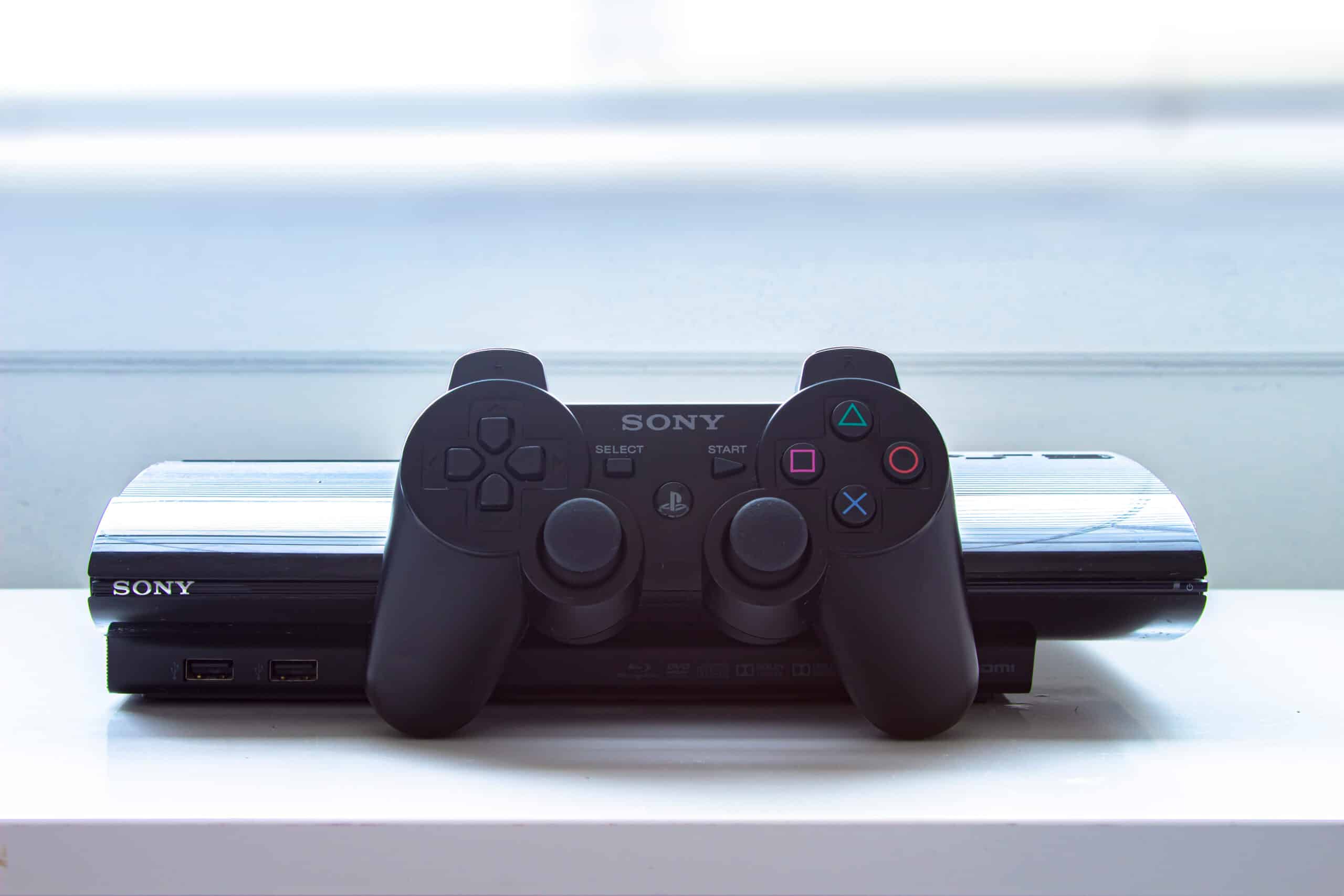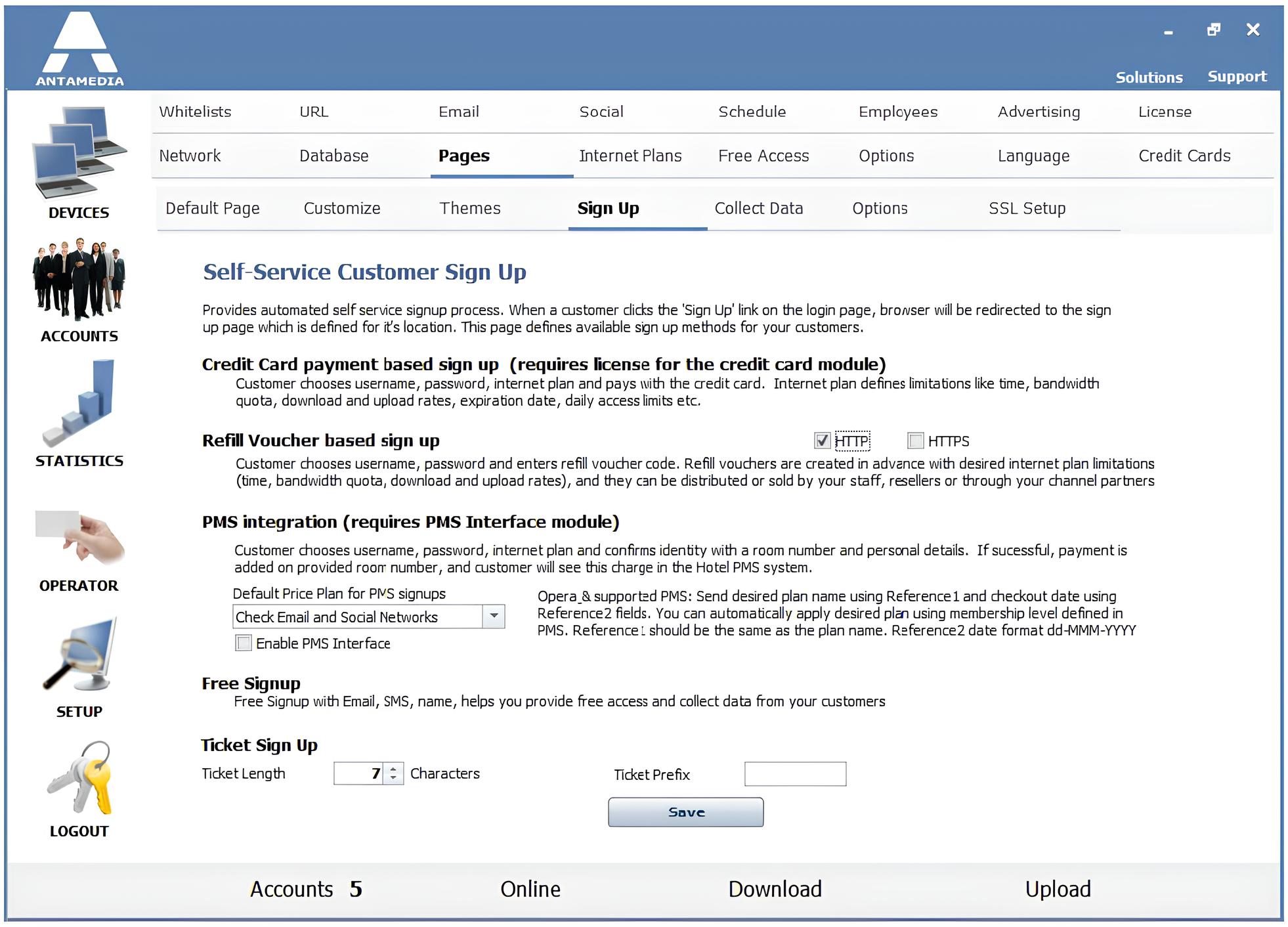Understand the Purpose of the Login Page
The login page of a Wi-Fi hotspot serves as the gateway for users to access the internet. Understanding its purpose is crucial in designing an effective and user-friendly interface. The primary function of the login page is to authenticate users and grant them access to the network. This process ensures that only authorized individuals can utilize the Wi-Fi connection, maintaining security and preventing unauthorized usage.
Additionally, the login page provides an opportunity for businesses and organizations to engage with users. It can be utilized to convey important messages, showcase branding elements, and even gather valuable user data. By recognizing these dual purposes, designers can create a login page that not only facilitates network access but also enhances the overall user experience.
In terms of authentication, the login page typically requires users to enter credentials, such as a username and password, or to accept terms and conditions. This step ensures that users comply with the network's usage policies and helps organizations track and manage user activity. Furthermore, the login page can be leveraged to collect user information for marketing purposes, such as email addresses for newsletters or demographic data for targeted promotions.
Understanding the multifaceted purpose of the login page enables designers to tailor its functionality and aesthetics to align with the goals of the business or organization. Whether the aim is to provide seamless internet access for customers in a retail setting or to gather user data for marketing initiatives, the design of the login page plays a pivotal role in achieving these objectives.
By comprehending the significance of the login page within the broader context of user authentication, data collection, and brand engagement, designers can approach its creation with a holistic perspective, ensuring that it effectively serves both the needs of the users and the goals of the business or organization.
Keep the Design Simple and User-Friendly
When designing a Wi-Fi hotspot login page, simplicity and user-friendliness should be at the forefront of the design strategy. A clean and intuitive interface not only enhances the user experience but also streamlines the authentication process, leading to higher user satisfaction and increased efficiency.
The design should prioritize ease of use, ensuring that users can effortlessly navigate the login page without encountering unnecessary complexities. This involves employing a clear layout with well-defined sections for entering login credentials or accepting terms of use. By maintaining a minimalist approach, distractions are minimized, allowing users to focus on the task at hand, which is gaining access to the network.
Furthermore, the use of familiar design elements and standardized user interface components can contribute to the overall user-friendliness of the login page. By incorporating recognizable symbols and universally understood visual cues, such as prominent login buttons and easily identifiable input fields, the design becomes more intuitive, reducing the learning curve for users.
Additionally, the use of concise and instructive messaging can guide users through the login process. Clear and straightforward instructions, along with informative error messages, can help users troubleshoot any issues they may encounter, ultimately enhancing their overall experience.
A responsive design that adapts to various screen sizes and devices is also essential for ensuring user-friendliness. With the prevalence of mobile devices, the login page should be optimized for seamless access from smartphones and tablets, allowing users to connect to the Wi-Fi network regardless of the device they are using.
By prioritizing simplicity and user-friendliness in the design of the login page, businesses and organizations can create a welcoming and efficient entry point for users accessing their Wi-Fi hotspot. This approach not only facilitates a smooth authentication process but also reflects positively on the brand, reinforcing a commitment to user-centric design and usability.
In essence, a simple and user-friendly design not only benefits users by providing a seamless login experience but also contributes to the overall success of the Wi-Fi hotspot deployment, fostering positive user interactions and promoting brand loyalty.
Use Captive Portal and Authentication Methods
In the realm of Wi-Fi hotspot deployments, the use of a captive portal and robust authentication methods is paramount in ensuring secure and controlled access to the network. A captive portal serves as a gateway that intercepts and redirects users to a login page before granting them access to the internet. This mechanism not only facilitates user authentication but also presents an opportunity for businesses and organizations to engage with users and enforce network usage policies.
Captive portals are instrumental in implementing various authentication methods, including but not limited to username and password credentials, social media login integrations, and multifactor authentication. Each method offers distinct advantages, catering to diverse user preferences and organizational requirements. For instance, traditional username and password authentication provides a standard yet effective approach to verifying user identities. On the other hand, social media login integrations leverage existing user accounts to streamline the authentication process, offering convenience and familiarity to users.
Moreover, multifactor authentication methods, such as SMS verification codes or email-based confirmation, bolster security by adding an extra layer of validation, mitigating the risks associated with unauthorized access. By incorporating these authentication methods within the captive portal framework, businesses and organizations can tailor the login experience to align with their security protocols and user accessibility needs.
Furthermore, the captive portal can be leveraged to present users with terms of use, privacy policies, and acceptable use policies, ensuring that users are aware of and agree to the network's guidelines before gaining access. This not only promotes transparency but also helps organizations uphold compliance standards and mitigate potential legal or security risks.
In addition to authentication, captive portals can be utilized to collect valuable user data, such as email addresses or demographic information, enabling businesses to enrich their customer insights and support targeted marketing initiatives. This strategic use of captive portals goes beyond authentication, transforming them into valuable engagement tools that contribute to the broader objectives of the business or organization.
By integrating captive portals and diverse authentication methods, businesses and organizations can establish a secure and user-centric approach to Wi-Fi hotspot access. This not only safeguards the network from unauthorized usage but also fosters meaningful interactions with users, laying the foundation for enhanced user experiences and valuable data-driven insights.
In essence, the strategic deployment of captive portals and authentication methods serves as a cornerstone in creating a secure, engaging, and compliant Wi-Fi hotspot environment, aligning with the evolving needs of users and the goals of the organization.
Consider Branding and Customization Options
In the realm of Wi-Fi hotspot login page design, the incorporation of branding and customization options holds significant potential in shaping the overall user experience and reinforcing brand identity. By leveraging these elements, businesses and organizations can infuse their unique visual identity and messaging into the login page, creating a cohesive and immersive digital touchpoint for users.
Branding elements, such as logos, color schemes, and typography, play a pivotal role in establishing a recognizable and cohesive brand presence. Integrating these visual components into the login page design fosters brand familiarity and strengthens brand recall among users. Consistency in branding across various digital platforms, including the Wi-Fi login page, reinforces brand trust and cultivates a sense of professionalism and reliability.
Furthermore, customization options empower businesses and organizations to tailor the login page to reflect their distinct personality and values. Whether it's incorporating brand-specific imagery, such as product visuals or promotional content, or aligning the design with the overall brand aesthetic, customization offers a canvas for creative expression and brand storytelling. This personalized approach resonates with users, fostering a sense of connection and affinity with the brand.
In addition to visual branding, the login page presents an opportunity to convey brand messaging and promotional content. Integrating compelling taglines, value propositions, or calls to action within the login interface enables businesses to communicate key brand messages and engage users during the authentication process. This strategic integration of brand messaging transforms the login page into a dynamic platform for brand communication, amplifying brand awareness and fostering user engagement.
Moreover, businesses can utilize the login page to promote special offers, upcoming events, or loyalty programs, providing added value to users while reinforcing brand loyalty. By strategically integrating promotional content, businesses can leverage the login page as a marketing touchpoint, driving user participation and fostering a positive brand perception.
In essence, considering branding and customization options in the design of the Wi-Fi hotspot login page goes beyond visual aesthetics—it serves as a vehicle for brand representation, storytelling, and engagement. By infusing the login page with brand identity and tailored messaging, businesses and organizations can create a compelling and cohesive user experience that resonates with their target audience, ultimately strengthening brand affinity and fostering meaningful connections.
Implement Security Measures
Implementing robust security measures within the design of a Wi-Fi hotspot login page is paramount in safeguarding the network against potential threats and unauthorized access. By prioritizing security, businesses and organizations can instill user confidence and uphold data protection standards, fostering a secure and trustworthy digital environment for users.
One fundamental security measure involves the use of encryption protocols to secure data transmission between the user's device and the Wi-Fi hotspot. Implementing industry-standard encryption, such as WPA2 or WPA3, helps mitigate the risk of data interception and unauthorized access, ensuring that user communications remain confidential and protected from malicious activities.
Additionally, the implementation of secure authentication methods, such as multifactor authentication or certificate-based authentication, enhances user verification processes, reducing the likelihood of unauthorized access. Multifactor authentication, which combines multiple verification factors such as passwords, biometrics, or one-time codes, adds an extra layer of security, fortifying the user authentication process and mitigating the risks associated with credential-based attacks.
Furthermore, the integration of intrusion detection and prevention systems (IDPS) within the Wi-Fi network infrastructure can proactively identify and mitigate potential security threats. IDPS solutions monitor network traffic, detect suspicious activities, and enforce security policies, bolstering the overall resilience of the network against malicious intrusions and unauthorized access attempts.
Another critical aspect of security measures involves regular security audits and vulnerability assessments to identify and address potential weaknesses within the network and the login page infrastructure. By conducting thorough security audits, businesses can proactively identify and remediate vulnerabilities, ensuring that the Wi-Fi hotspot remains resilient against evolving security threats and compliance requirements.
Moreover, the implementation of user access controls and role-based permissions within the network infrastructure enhances security by restricting unauthorized access to sensitive resources. By defining user access privileges and enforcing role-based restrictions, businesses can mitigate the risk of unauthorized data access and maintain granular control over network resources, reinforcing the overall security posture of the Wi-Fi hotspot environment.
In essence, the implementation of comprehensive security measures within the design of the Wi-Fi hotspot login page is instrumental in fortifying the network against potential threats and unauthorized access. By integrating encryption protocols, secure authentication methods, intrusion detection systems, and proactive security assessments, businesses and organizations can create a resilient and secure digital environment, instilling user confidence and upholding data protection standards.
Optimize for Mobile Devices
Optimizing the Wi-Fi hotspot login page for mobile devices is imperative in today's digital landscape, where mobile connectivity plays a central role in user interactions. With the pervasive use of smartphones and tablets, ensuring a seamless and intuitive login experience across various mobile platforms is essential for fostering user engagement and accessibility.
To achieve optimal mobile optimization, the login page design should prioritize responsiveness and adaptability. This involves employing a mobile-first approach, where the design is crafted with mobile devices as the primary focus, ensuring that users accessing the Wi-Fi hotspot via their smartphones or tablets encounter a smooth and frictionless authentication process. By leveraging responsive design techniques, such as fluid layouts and flexible elements, the login page can dynamically adjust to different screen sizes and orientations, delivering a consistent and visually appealing experience across diverse mobile devices.
Furthermore, the use of touch-friendly elements, such as appropriately sized input fields and buttons, contributes to the overall usability of the login page on mobile devices. Ensuring that interactive elements are easily tappable and well-spaced enhances user interaction, minimizing the potential for input errors and frustration. Additionally, optimizing the loading speed of the login page on mobile networks is crucial for providing a swift and efficient user experience. By prioritizing performance optimization, businesses and organizations can mitigate user frustration caused by slow-loading pages, ensuring that users can swiftly authenticate and access the Wi-Fi network.
Moreover, considering the constraints of mobile devices, such as smaller screens and varying network conditions, the design should prioritize concise and clear messaging. By presenting essential information in a succinct and easily digestible format, the login page can effectively guide users through the authentication process, minimizing cognitive load and enhancing user comprehension.
In addition to design considerations, the integration of mobile-specific authentication methods, such as QR code-based logins or mobile wallet integrations, can further streamline the login experience for mobile users. By offering alternative authentication options tailored to mobile devices, businesses can cater to diverse user preferences and enhance the accessibility of the Wi-Fi hotspot.
In essence, optimizing the Wi-Fi hotspot login page for mobile devices goes beyond mere adaptation—it involves a deliberate and user-centric approach to crafting a seamless and engaging authentication experience for mobile users. By prioritizing responsiveness, touch-friendly design, performance optimization, and mobile-specific authentication methods, businesses and organizations can create a compelling and accessible entry point to their Wi-Fi network, catering to the evolving needs of mobile-centric users.
Provide Clear Instructions and Support Information
When designing a Wi-Fi hotspot login page, the provision of clear instructions and comprehensive support information is essential for guiding users through the authentication process and addressing potential concerns. Clear and instructive messaging plays a pivotal role in ensuring that users can seamlessly navigate the login page, enter their credentials, and gain access to the Wi-Fi network without encountering ambiguity or confusion.
The login page should feature concise and unambiguous instructions, guiding users through each step of the authentication process. Clear prompts for entering login credentials, accepting terms of use, or accessing support resources can mitigate user uncertainty and streamline the login experience. Additionally, informative error messages that pinpoint specific issues, such as incorrect passwords or network connectivity issues, empower users to troubleshoot effectively, fostering a sense of control and confidence.
Furthermore, the inclusion of readily accessible support information, such as contact details for technical assistance or links to knowledge resources, serves as a valuable resource for users encountering authentication challenges. By providing avenues for seeking assistance or accessing relevant FAQs, businesses and organizations demonstrate a commitment to user support, fostering trust and reliability.
Incorporating visual cues, such as tooltips or contextual help icons, can further enhance the clarity of instructions, offering on-demand guidance without overwhelming the interface. These subtle yet effective design elements contribute to user empowerment and self-sufficiency, enabling users to navigate the login page with ease and address potential queries independently.
Moreover, multilingual support and accessibility features, such as text-to-speech capabilities or high-contrast interfaces, cater to diverse user needs and promote inclusivity. By accommodating users with varying language preferences and accessibility requirements, businesses and organizations demonstrate a commitment to providing a welcoming and user-centric authentication experience.
In essence, the provision of clear instructions and comprehensive support information within the design of the Wi-Fi hotspot login page is instrumental in fostering user confidence, mitigating user frustrations, and promoting a positive authentication experience. By prioritizing clarity, guidance, and user support, businesses and organizations can create a welcoming and empowering entry point to their Wi-Fi network, reinforcing user trust and satisfaction.
Test and Iterate for User Experience
Testing and iterating for user experience is a continuous and iterative process that plays a pivotal role in refining the design of the Wi-Fi hotspot login page to meet the evolving needs and expectations of users. By embracing a user-centric approach to design, businesses and organizations can gather valuable insights, identify areas for improvement, and iteratively enhance the login page to optimize user satisfaction and usability.
Conducting usability testing, which involves observing users as they interact with the login page, provides firsthand insights into user behaviors, preferences, and pain points. Through usability testing sessions, businesses can uncover usability issues, navigation challenges, and areas of confusion, gaining actionable feedback that informs iterative design enhancements. By empathizing with user perspectives and experiences, businesses can iteratively refine the login page to align with user expectations and preferences.
Furthermore, leveraging user feedback mechanisms, such as surveys, feedback forms, and user analytics, enables businesses to gather quantitative and qualitative data regarding user satisfaction, usability, and preferences. By analyzing user feedback, businesses can identify patterns, trends, and recurring issues, informing iterative design adjustments that address user needs and elevate the overall user experience.
A/B testing, which involves presenting users with variations of the login page design and measuring their performance, allows businesses to empirically assess the impact of design iterations on user engagement, conversion rates, and satisfaction. By systematically testing design variations, businesses can make data-driven decisions, refining the login page to optimize user interactions and achieve predefined performance objectives.
Moreover, iterative design enhancements should extend beyond visual elements to encompass the authentication process, security measures, and support resources. By iteratively refining the authentication workflow, streamlining security protocols, and enhancing support accessibility, businesses can create a cohesive and user-centric authentication experience that resonates with users and fosters trust.
In essence, the process of testing and iterating for user experience is a fundamental practice that empowers businesses and organizations to continuously refine the design of the Wi-Fi hotspot login page in response to user needs and preferences. By embracing iterative design, informed by user insights and empirical data, businesses can cultivate a user experience that is intuitive, engaging, and reflective of user-centric design principles.







